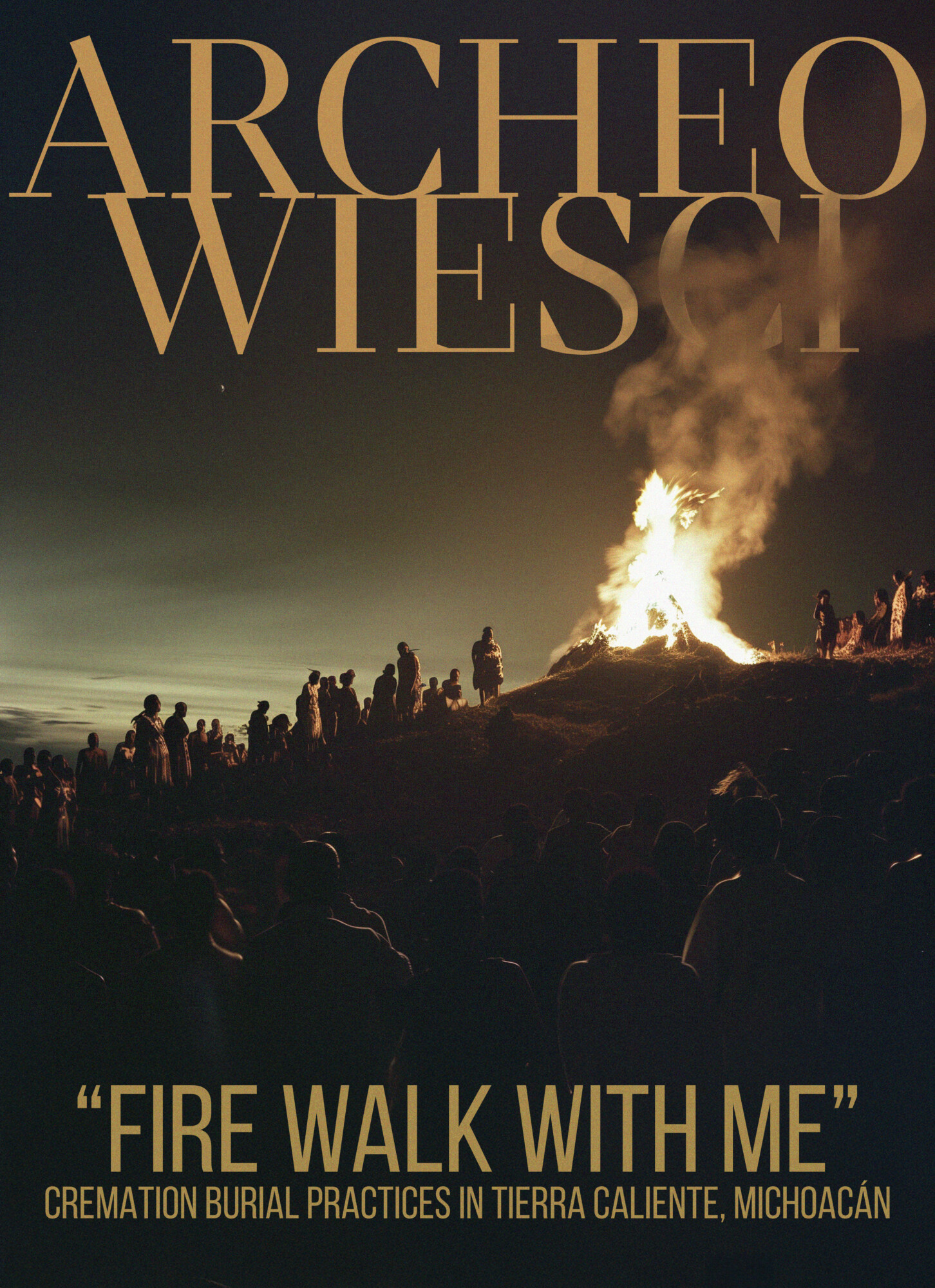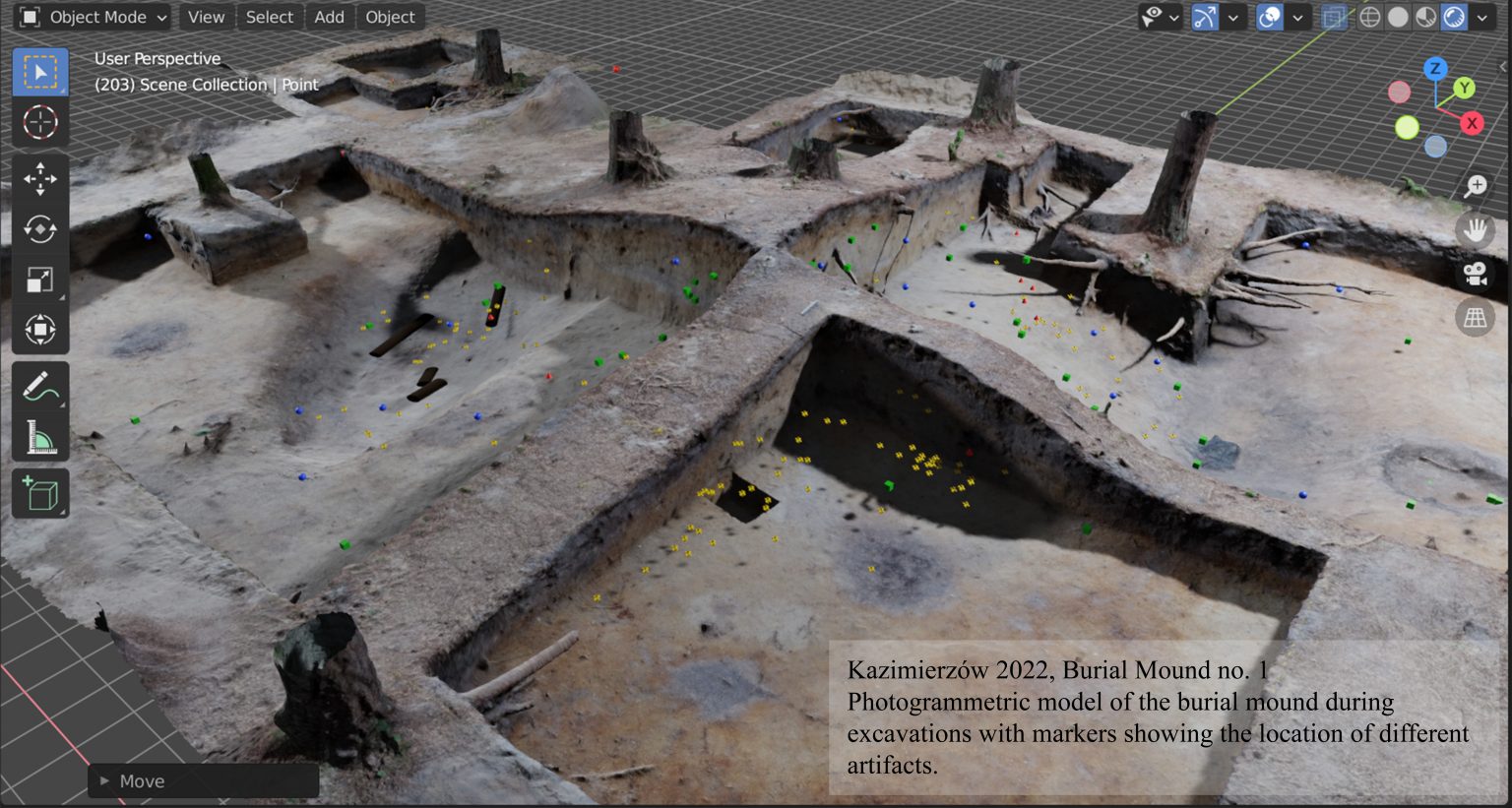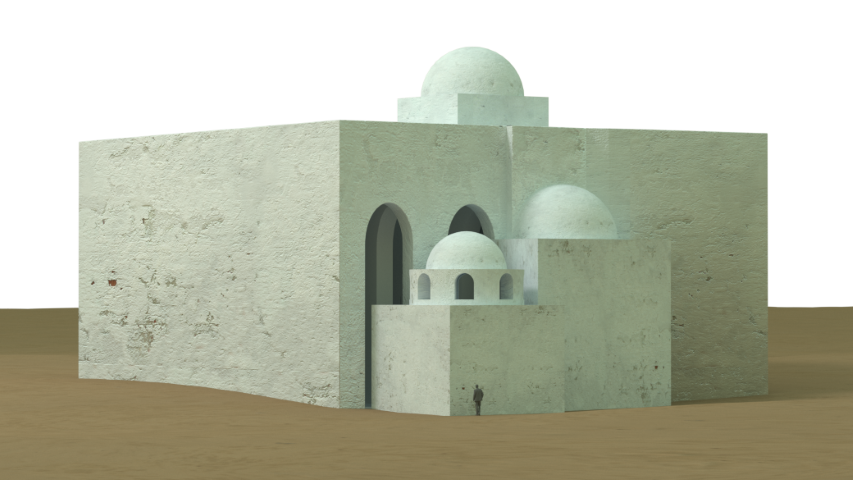
Cremation is one of the most common types of burial rites practiced by various communities around the world. Nevertheless, the first associations that spring to mind for these practices, during which the remains of the deceased were consumed by fire, would lead us in the direction of the Vikings or the inhabitants of much of Northern Europe during the Late Bronze Age or Iron Age. In this case, however, a doctoral student at the University of Warsaw and editor of Archeowieści will tell the story of a particular area of western Mexico where, more than six centuries ago, cremation was the main funeral rite for at least a part of the Indigenous community. Burials associated with the local community of this region were recently discovered in the Middle Balsas River valley, which constitutes the border between the states of Michoacán and Guerrero. Traces of these funerary practices are the subject of a remarkably important study conducted by the author in collaboration with researchers from the Instituto Nacional de Antropología e Historia Michoacán and Universidad Nacional Autónoma de México, under the direction of Dr. José Luis Punzo Díaz.
Continue reading ““Fire walk with me”. Cremation burial practices in Tierra Caliente, Michoacán”






